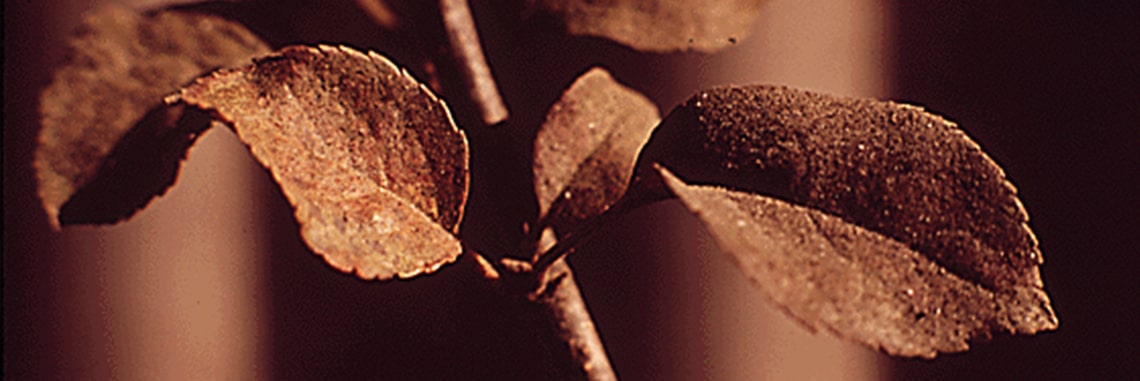
The Contemplative Call to Nature: Weekly Summary
The Contemplative Call to Nature
Week Sixteen Summary and Practice
Sunday, April 18—Friday, April 23, 2021
Sunday
The core message of the incarnation of God in Jesus is that the Divine Presence is here, in us and in all of creation, and not only “over there” in some far-off realm.
Monday
Everything in creation is the infinite self-emptying of God, and as such has inherent dignity and deserves respect and appreciation.
Tuesday
Our prayer may be noisy and expressive, or it may be very quiet. It may be the kind of prayer that depends on listening in stillness and silence with complete attention: listening to the crickets as they pulse at night, listening to the rain as it falls, listening to our breath as we breathe God in and breathe God out, listening to the inner voice of love that is always sounding in our heart. —Margaret Bullitt-Jonas
Wednesday
One of the fruits of contemplative practice is the remembrance of our wholeness; we are able to see past the divisions we create with our egos and minds and to rediscover the truth that we are all one creation. —Christine Valters Paintner
Thursday
The Indigenous view recognizes the land as kin, as part of the lineage of life that we are all connected to. Thus, we have an obligation to care for the land in the same way we would care for our human relatives. —Sherri Mitchell
Friday
Through her Work That Reconnects, teacher Joanna Macy invites us to find a wider sense of identity as unique and integral parts of the living body of Earth and to join with others in service to life.
Contemplative Walking
Christine Valters Paintner describes the ancient and accessible contemplative practice of walking or moving slowly through the natural world as a way of connecting with God. This is clearly the “road not taken” by too many of us in the modern world, even though it shaped and sustained the faith of our ancestors for millennia. If you find it difficult to sustain a practice of seated meditation, I encourage you to begin by moving outdoors.
In [the contemplative] path we cultivate intimacy with Earth and her creatures, and we allow ourselves to fall in love with nature. It is one of my deepest beliefs that we will not be able to address the environmental crisis we currently face without this intimacy, without learning how to cherish nature, without love.
I encourage you to make time each day to be outside. One of the ways to do this is to go on a contemplative walk with an intentional and reverential heart.
There is something about getting our bodies out into the world, in close contact with trees, bushes, flowers, squirrels, pigeons, and crows, that can invigorate us and offer us new perspective on life. In the book of Jeremiah, God asks, “Do I not fill heaven and earth?” (Jeremiah 23:24). These walks are times to really experience that truth.
Contemplative walking does not necessarily mean walking slowly, although at its heart it is not a rushed activity. When we walk contemplatively, we give ourselves over to the experience. This is not walking for fitness. It is walking to immerse ourselves in an encounter with whatever is calling us in the moment.
As you begin a contemplative walk, allow a few moments simply to breathe and connect to your heart. Set an intention for this time to be as present as you can to what is happening both within and without. Begin walking, but see if you can release any expectations or destination. As you walk, imagine that with each step your feet are both blessing the ground and being blessed by it. Let your breath be long and slow. Bring your awareness to the earth monastery all around you.
Notice what draws your attention. Look for what shimmers or what the Japanese poet Basho called “a glimpse of the underglimmer.” Listen for the sounds of life around you. Even if you are walking through a city, pay attention to the rustle of the breeze, the caw of crows, or any subtle elements of creation singing their song.
Pause regularly simply to receive this gift. Breathe it in. Let it have some space in your heart. Then continue on until something else causes you to stop.
This is the whole of the practice: simply [moving], listening, and pausing. We practice presence so that we might cultivate our ability to really hear the voice of nature speaking to us. This sounds simple, and yet we so rarely make the time to develop this skill.
Experience a version of this practice through video and sound.
Reference:
Christine Valters Paintner, Earth, Our Original Monastery: Cultivating Wonder and Gratitude through Intimacy with Nature (Sorin Books: 2020), xvii, xiv–xv.

